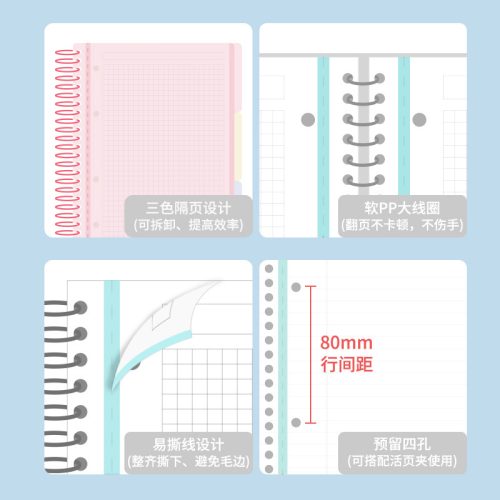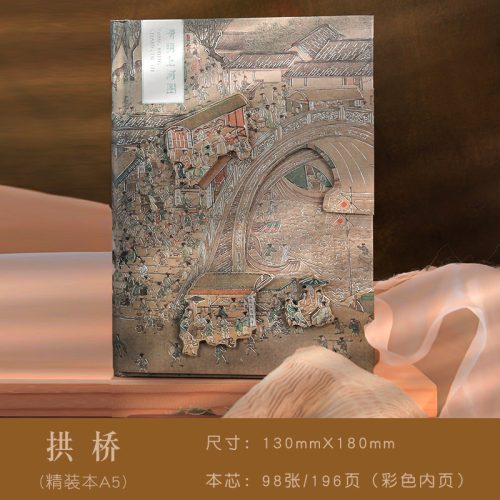The resurgence of interest in fountain pens in recent years can indeed be seen as a return to craftsmanship and a celebration of traditional, artisanal writing instruments. Several factors have contributed to this fountain pen renaissance:
- Aesthetic Appeal: Fountain pens often feature elegant and timeless designs. Many enthusiasts appreciate the craftsmanship that goes into creating pens with fine materials such as precious metals, resins, and woods. The attention to detail in their construction and finish adds to their appeal.
- Writing Experience: Fountain pens offer a unique and pleasurable writing experience. The smooth flow of ink on paper and the ability to vary line thickness with pressure make them distinct from ballpoint and rollerball pens. This tactile and personalized writing experience appeals to those who value craftsmanship in their writing tools.
- Customization: Many fountain pens allow for customization, including the choice of nib size, material, and design elements. This level of personalization enhances the connection between the user and the pen, much like selecting a piece of fine jewelry or a tailored suit.
- Heritage and Tradition: Fountain pens have a rich history and are often associated with famous writers, intellectuals, and historical figures. This connection to tradition and a bygone era can be a significant draw for collectors and enthusiasts.
- Artistry in Nibs: The craftsmanship extends to the nibs, which are the heart of a fountain pen. Nib grinders and craftsmen can create unique nib designs, providing writers with a wide range of writing experiences, from fine, extra-fine to stub, flex, and italic nibs.
- Ink Variety: The world of fountain pens is not just about the pens themselves; it also encompasses a vast array of ink colors and formulations. Ink enthusiasts appreciate the diversity and nuances of fountain pen inks, further contributing to the renaissance.
- Community and Education: Online communities, forums, and social media have played a significant role in connecting fountain pen enthusiasts and facilitating knowledge sharing. These platforms have helped foster a sense of community and allowed individuals to learn about various pens, inks, and techniques.
- Sustainability: As people become more conscious of environmental impact, some fountain pen users appreciate that they can use a single pen for many years, reducing waste associated with disposable pens.
In summary, the resurgence of fountain pens is a testament to the enduring appeal of craftsmanship, heritage, and the tangible connection between the writer and their instrument. Whether for everyday writing, calligraphy, or artistic expression, the fountain pen renaissance highlights the enduring charm of these writing tools in a digital age.


